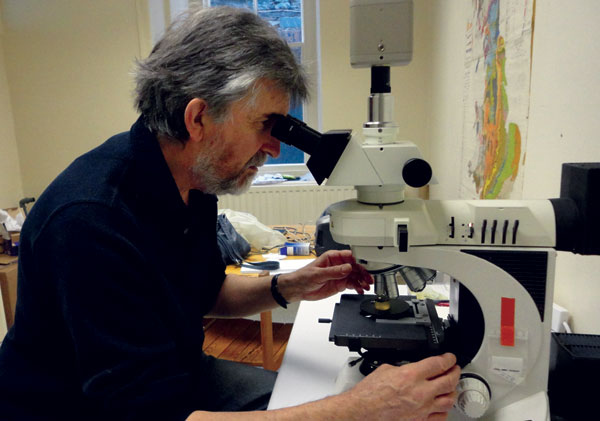Flame shape and quality
Arthur Harrisson investigates how burning and temperature in various types of kilns has an effect on the clinker produced and discusses different aspects of the burning process such as heating rate, maximum burning temperature, the burning time and the cooling rate to show their importance to clinker quality.

Optical microscopy offers visual assessment of clinker quality
In the cement manufacturing industry, people still tend to refer to the burner at the front-end of the kiln as the 'main' burner, even though in a precalciner some 60-70 per cent of the fuel may in fact be introduced to the feed before the rotary kiln is reached. Historically, we feel an affinity to this piece of equipment, which in the days before precalciner kilns was in fact the only burner.
The processes which take place before the rotary kiln include drying the feed and calcining the limestone as well as effecting changes in the clay and silica raw materials which render them more reactive with the calcined lime. A typical degree of calcination of limestone on entering the rotary kiln from a precalciner would be about 90 per cent, so nearly all the heat requirement for calcination is in that early stage of clinker-making and not in the kiln. In fact, most of the chemical reactions which take place in the rotary part of the kiln system are exothermic, ie, they produce heat rather than requiring it. So why have a main burner at the front-end of the system at all? Effectively it fullfills two purposes, to maintain sufficiently-high temperature in the burning zone, so that sintering and combination can be accomplished in as short a time as possible and to provide a high-temperature gas for fuel combustion in the precalciner.
